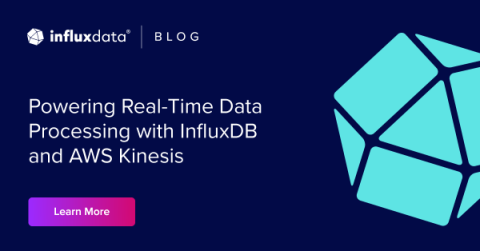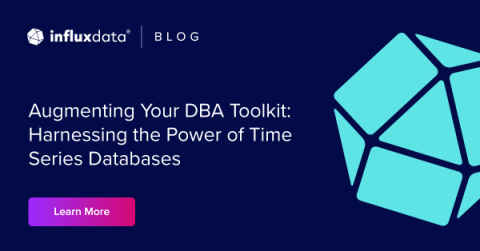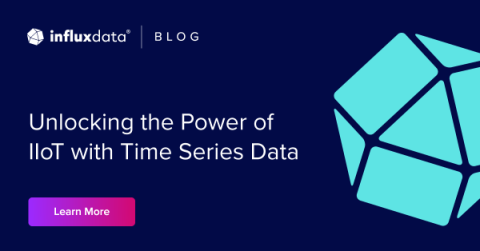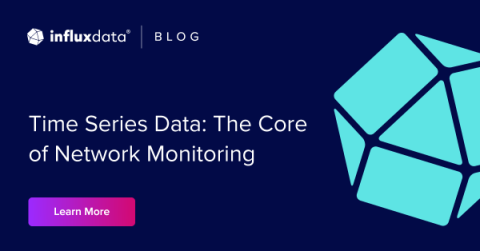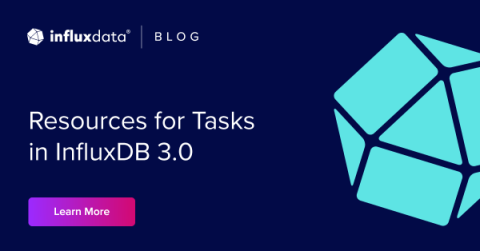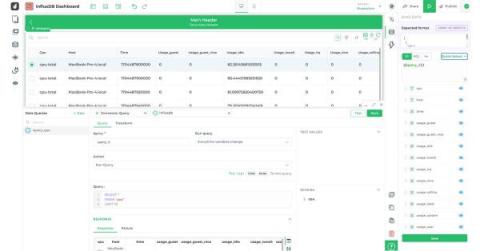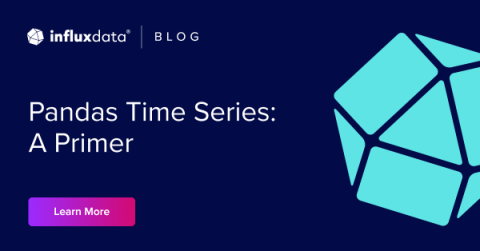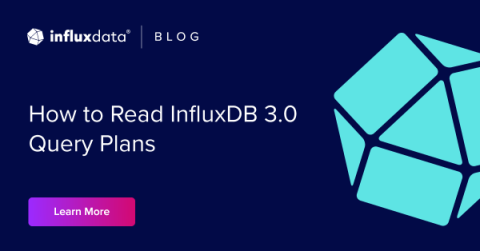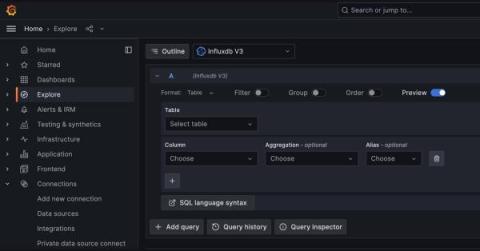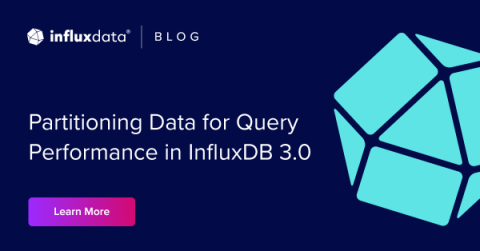Powering Real-Time Data Processing with InfluxDB and AWS Kinesis
Imagine a data engineer working for a large e-commerce company tasked with building a system that can process and analyze customer clickstream data in real-time. By leveraging Amazon Kinesis and InfluxDB, they can achieve this goal efficiently and effectively. So, how do we get from idea to finished solution? First, we need to understand the tools at hand.


